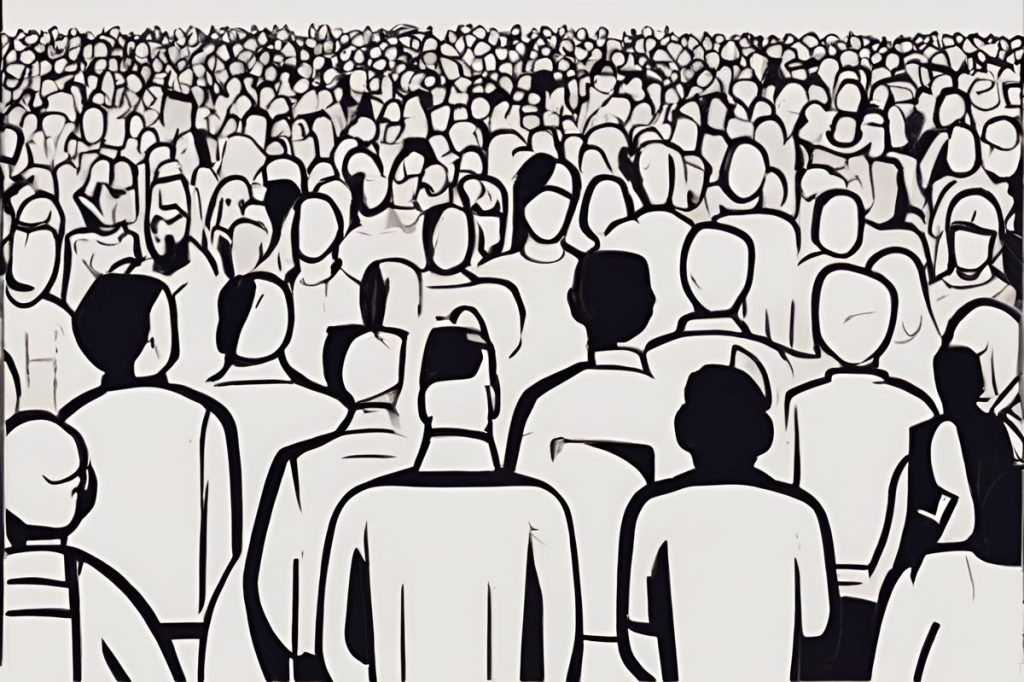The Nicosia protest for migrant rights demanded justice, respect, and protection for migrants in Cyprus. Demonstrators gathered in unity, calling for an end to second-class treatment, systemic change, and recognition of their contributions to society.
What was the main message of the Nicosia protest for migrant rights?
The Nicosia protest for migrant rights called for an end to the second-class treatment of migrants and systemic change. Protesters demanded justice for Anisur Rahman, equal access to healthcare, and protection from police harassment and violence, advocating for integration, respect, and recognition of their contributions to Cypriot society.
A United Voice for Equality
The streets of Nicosia were filled with the calls for justice and equality this past Saturday, as a diverse crowd of hundreds gathered in a united front. Their message was clear: an end to the second-class treatment of migrants in Cyprus. This peaceful demonstration, which convened at the bustling Eleftheria Square, was more than a protest—it was a poignant tribute to Anisur Rahman, the 23-year-old Bangladeshi man whose tragic death has become a symbol of the systemic issues facing migrants on the island.
In the wake of Rahman’s untimely passing, the African community in Cyprus, alongside Greek Cypriots and Bangladeshi nationals, stood shoulder to shoulder, many holding placards with the powerful message “humanity over nationality.” Their voices echoed through the streets, a chorus of frustration and hope, as they shared personal accounts of struggling with low wages amidst rising living costs, all while living under the constant shadow of fear.
Seeking Justice and Safety
Anisur Rahman’s death was a wake-up call for many, exposing the harsh realities of migrant policing in the region. Protesters have highlighted contradictions in the police report regarding the circumstances of his death, with some alleging mistreatment by the authorities. This incident has sparked not only grief but also outrage, leading to a formal complaint against the police force for their alleged heavy-handed tactics.
As they marched, demonstrators expressed their desire for a life unmarred by the threat of police harassment and violence, a sentiment that resonates with many in the migrant and asylum seeker communities. The protest was not only about mourning; it was a call to action for systemic change, for equal access to healthcare, and for an end to the dehumanization of those considered outsiders.
A Plea for Integration and Respect
The attendees of the demonstration, which numbered between 700-800 individuals, revealed a deep affection for Cyprus, emphasizing their desire not for division, but for integration into the community. “We love Cyprus,” they chanted, as they voiced their demands for equal treatment and opportunities. The stark contrast between their love for their adopted home and the harsh realities they face underscored the urgency of their message.
The pain of being treated as “second-class citizens” was palpable in their testimonies, as they spoke out against reduced access to medical care, lower wages, racial discrimination, and the looming threat of deportation. This, according to the protesters, is often fueled by government policies and media narratives that fail to recognize their contributions to society.
The presence of a heavy police escort during the march was a stark reminder of the tensions between the migrant community and the authorities. Yet, Cypriots who stood with the migrants sent a loud and clear message of solidarity, chanting “say it loud, say it clear, migrants are welcome here.” This second protest since Rahman’s passing was a potent reminder of the enduring strength and resilience of the human spirit, as friends of the deceased prepared for his body’s repatriation to Bangladesh, leaving tokens of their sorrow and apology at the site of his death.
Continuing the Struggle for Rights
This demonstration in Nicosia signifies a broader struggle for migrant rights that extends beyond the borders of Cyprus. It’s a struggle that is echoed in streets and squares across the globe, wherever people are marginalized and their rights overlooked. The protesters’ call for a dignified existence, free from fear and discrimination, is a universal one, reflecting the ongoing battle for human rights and social justice.
What was the main message of the Nicosia protest for migrant rights?
The main message of the Nicosia protest for migrant rights was to demand justice, respect, and protection for migrants in Cyprus. Protesters called for an end to second-class treatment, systemic change, recognition of their contributions to society, and equal access to healthcare.
What sparked the protest in Nicosia for migrant rights?
The protest in Nicosia for migrant rights was sparked by the tragic death of Anisur Rahman, a 23-year-old Bangladeshi man, which exposed the harsh realities of migrant policing in Cyprus. Allegations of mistreatment by authorities and contradictions in the police report surrounding Rahman’s death led to outrage and a formal complaint against the police force.
What were the demands of the demonstrators during the Nicosia protest?
The demonstrators during the Nicosia protest called for justice for Anisur Rahman, an end to police harassment and violence against migrants, equal access to healthcare, and integration into Cypriot society. They demanded an end to the dehumanization of migrants and highlighted the need for systemic change to ensure equal treatment and opportunities for all.
How did the protest in Nicosia for migrant rights emphasize unity and solidarity?
The protest in Nicosia for migrant rights brought together a diverse crowd of hundreds, including members of the African community in Cyprus, Greek Cypriots, and Bangladeshi nationals, standing in unity against second-class treatment of migrants. The demonstration highlighted a shared desire for integration, respect, and equal rights, with Cypriots showing solidarity by chanting “migrants are welcome here.”

